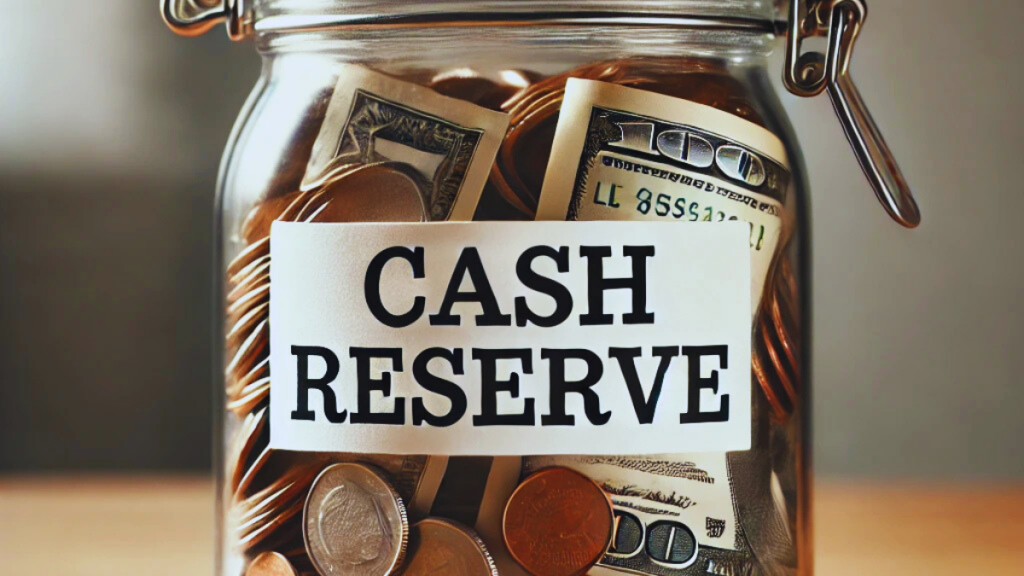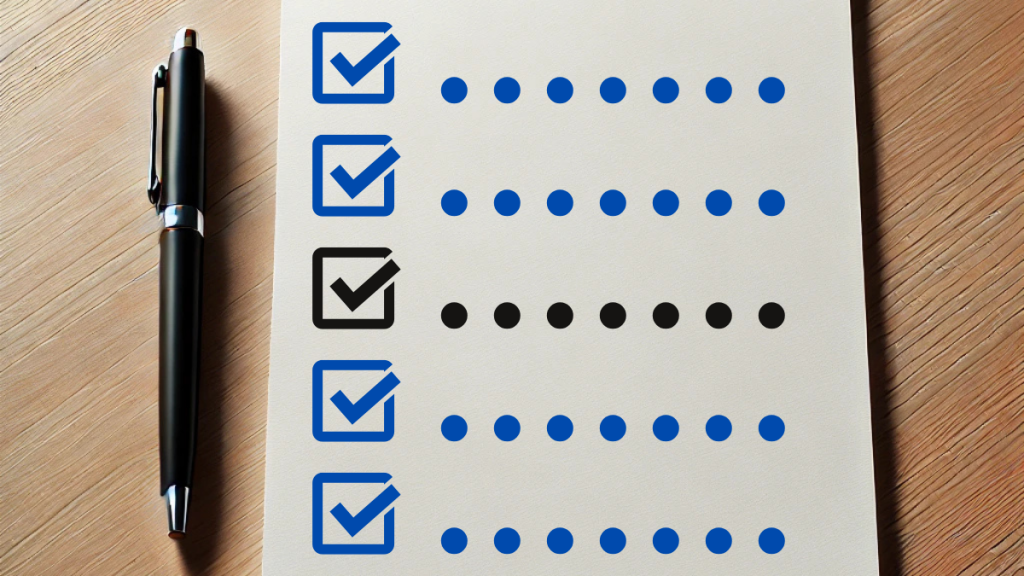Imagine driving your car without a spare tire. That’s what it’s like running a business without a cash flow reserve. A reserve is your financial safety net—it keeps your operations steady during slow months, unexpected expenses, or emergencies. In this article, we’ll explain what a cash flow reserve is, why it’s important, and how to build one step by step.
What is a Cash Flow Reserve?
A cash flow reserve is a set amount of money saved to cover your business expenses when cash is tight. Think of it as your business’s “rainy day fund.”
Why It’s Crucial:
- Covers Unexpected Costs: Like equipment repairs or a sudden dip in sales.
- Provides Stability: Ensures you can pay bills and staff even during slow months.
- Boosts Confidence: Helps you plan for growth without worrying about short-term cash shortages.
How Much Should You Save?
The right amount depends on your business type and stability, but here’s a general guide:
- Calculate Monthly Expenses: Add up your fixed costs like rent, payroll, and utilities.
- Example: If your monthly expenses are $10,000, this is your baseline.
- Choose a Coverage Period:
- 3 Months: For stable businesses with consistent revenue.
- 6–12 Months: For seasonal or high-risk businesses.
- Add a Cushion: Save an extra 10–20% for unexpected spikes in costs.
- Example: For six months of expenses ($10,000 x 6 = $60,000), save an additional $6,000–$12,000.
Steps to Build Your Cash Flow Reserve
1. Start Small and Be Consistent
You don’t need to save everything at once. Start with small, regular contributions.
What to Do:
- Save a percentage of your monthly revenue—start with 5–10%.
- Automate savings by setting up recurring transfers to a separate account.
- Use tools like QuickBooks or your bank app to track progress.
Example: A café earning $50,000 per month saves 5% ($2,500) monthly, building a $30,000 reserve in one year.
2. Use High-Revenue Periods Wisely
Take advantage of busy seasons or big sales months to save more.
What to Do:
- Increase your savings percentage during peak times.
- Avoid unnecessary spending when business is booming—focus on growing your reserve.
Example: A retail shop sets aside 15% of its holiday sales profits, accelerating its reserve growth.
3. Reduce Non-Essential Spending
Look for ways to cut back on unnecessary expenses and redirect that money to your reserve.
What to Do:
- Audit subscriptions and memberships—cancel those you don’t use.
- Negotiate with suppliers for better pricing or payment terms.
- Delay non-urgent purchases like upgrading office equipment.
Example: A small agency saves $500 per month by canceling unused software subscriptions and puts it into its reserve.
4. Keep Your Reserve Separate
Mixing your reserve with your regular business account can make it too tempting to spend.
What to Do:
- Open a dedicated savings or money market account for your reserve.
- Choose an account that earns interest but still allows quick access if needed.
Example: A landscaping business keeps its reserve in a high-yield savings account, earning 2% interest annually.
5. Replenish After Use
If you dip into your reserve, make it a priority to rebuild it as soon as possible.
What to Do:
- Treat it like a bill—schedule regular “repayments” to your reserve.
- Adjust savings contributions if you’ve had to use a large chunk of the fund.
Example: After using $5,000 from her reserve to repair equipment, a bakery owner saves an extra $1,000 per month to restore it within five months.
Common Mistakes to Avoid
1. Saving Too Slowly
Small savings are good, but saving too slowly leaves you vulnerable to unexpected expenses.
Solution: Commit to increasing your savings percentage as revenue grows.
2. Mixing Reserve Funds with Operating Cash
Blurring the line between reserve and daily expenses risks overspending.
Solution: Always keep your reserve in a separate account.
3. Using the Reserve for Non-Essentials
Dipping into your reserve for things like marketing or bonuses defeats its purpose.
Solution: Use your reserve only for emergencies or pre-planned slow periods.
Tools to Help You Save
- Bank Accounts: Open a high-yield savings account for better returns.
- Financial Software: QuickBooks or Wave for tracking and automating savings.
- Budget Templates: Use simple Excel or Google Sheets templates to calculate and track your reserve.
Case Study: A Small Business Success Story
Mike owns a graphic design studio and struggled with seasonal cash flow dips. He started by saving 5% of his monthly revenue and set up a high-yield savings account for his reserve. Over two years, he built a $25,000 fund. When two clients delayed payments for a month, Mike used the reserve to cover payroll without missing a beat. This safety net also gave him the confidence to invest in new software, which boosted his sales by 20% the following year.
Conclusion
Building a cash flow reserve isn’t just about saving money—it’s about creating stability and preparing for growth. Start small, stay consistent, and treat your reserve like the essential tool it is.
What’s Next?
Ready to take your cash flow management to the next level? Learn How to Master Cash Flow Management for Maximum Profit in our next article!


